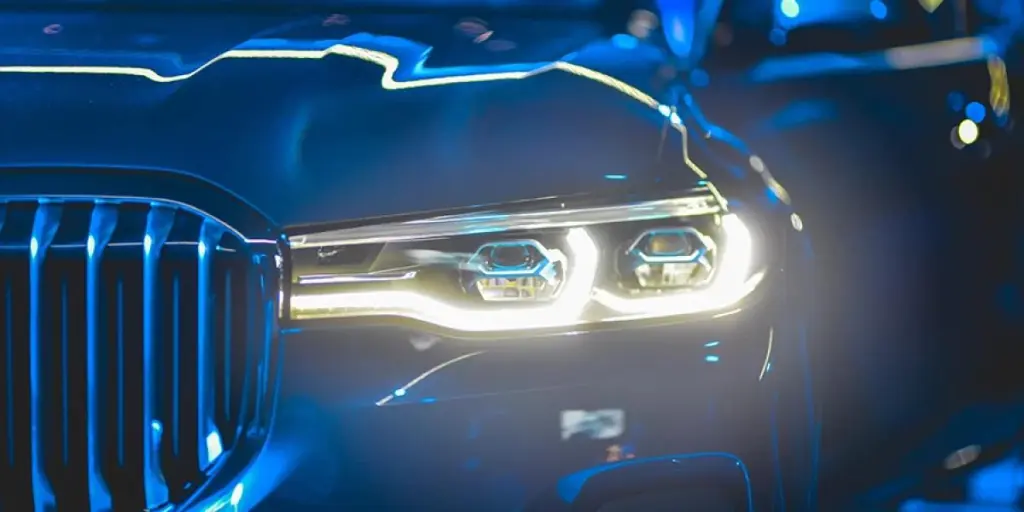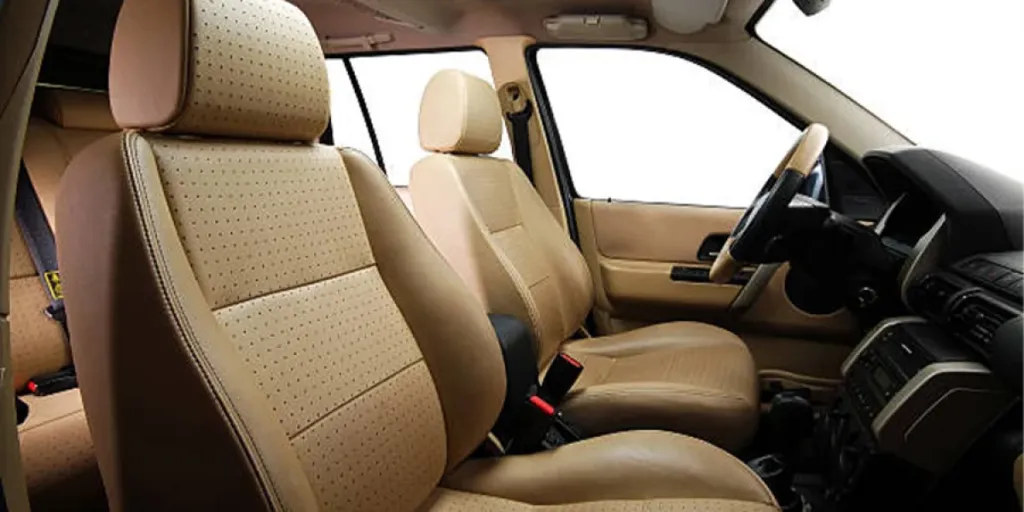Table of Contents
Brake pads: A market overview
Trends in the brake pad market
Sustainability
Advanced braking systems
Focus on performance and custom solutions
Increasing adoption of hybrid and electric wheels
Common brake pad problems and solutions
Conclusion
Brake pads are an integral part of vehicle safety and performance, creating friction to slow the vehicle down. But given the variety of brake pads available, it can be challenging for businesses in the automotive sector to choose the best brake pads, know how best to maintain them, and ensure compliance with safety regulations.
In this article, we’ll explore key factors to consider when selecting brake pads, best maintenance practices, and industry trends that can impact your business.
Brake pads: A market overview

The global automotive brake pad market is expected to be worth $17.93 billion in 2025 and grow at an average annual rate of 3.5% to $21.29 billion by 2030. The industry is undergoing massive transformations driven by tech innovations and environmental concerns. The growing prevalence of electric vehicles (EVs) is also increasing the demand for specialized brake pads, while stricter safety regulations and greater consumer awareness are also affecting the market.
Looking at the global automotive brake pad market, Asia Pacific leads in terms of production and sales. Manufacturers in the region are developing advanced brake kits and pads, making them smaller and improving heat dissipation. Meanwhile, Europe is the second-largest market.
Last year, average monthly searches for “brake pads” stood at 246,000. This indicates a high level of competition and equally high demand for products in this domain.
Trends in the brake pad market
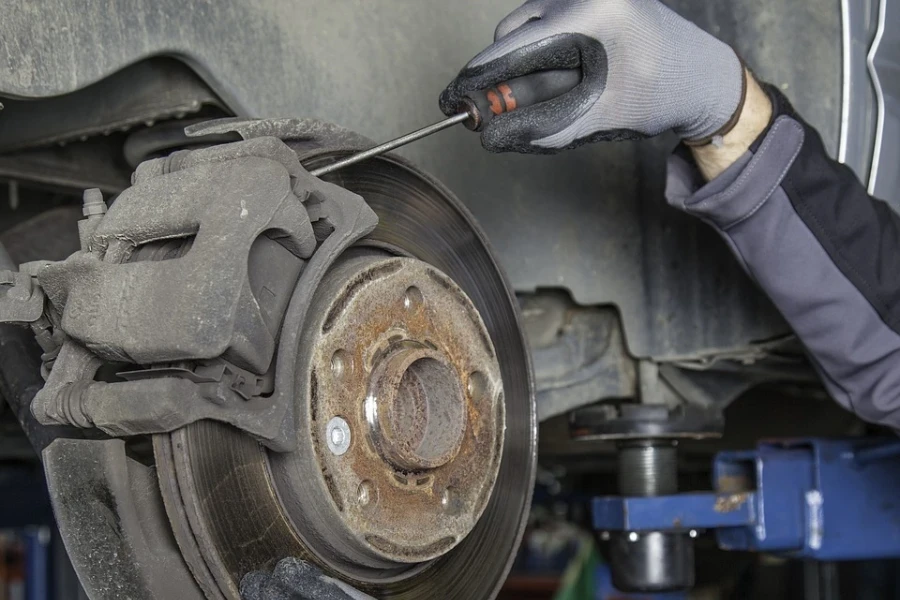
The automotive brake pads market is evolving as the latest trends shape its future. Below, we list four major trends likely to define the industry in 2025:
Sustainability
Growing environmental concerns are affecting industries across the board, and the brake pads market is no exception. As such, manufacturers are increasingly producing brake pads using recycled and natural materials. With over 90% of the particulate matter emissions from traffic coming from non-exhaust emissions, and half of that from airborne emissions from brake pads, tightening government regulations on fine dust have compelled companies to investigate less polluting options.
Advanced braking systems
Developments in brake pad technology and materials are also changing the market, offering higher performance and longevity. Innovations like ceramic brake pads, organic brake pads, and metallic brake pads are challenging more traditional systems. These new materials provide improved heat dissipation, reduced brake fading, and extended lifespans.
In addition, sophisticated systems like advanced friction formulas and noise-dampening shims help to elevate the overall driving experience by decreasing vibration and noise.
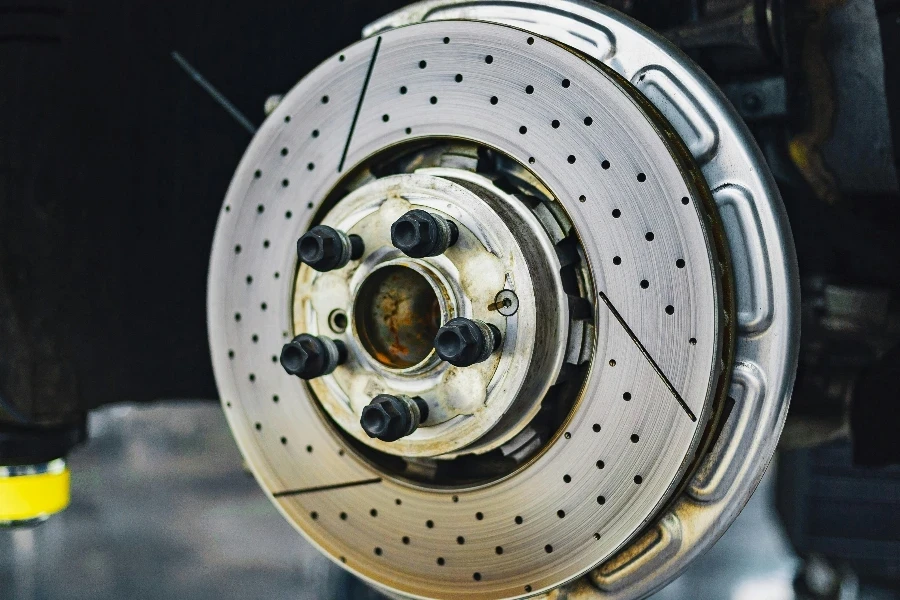
Focus on performance and custom solutions
Another significant trend in the brake pad market is a growing focus on high-performance and tailored solutions. Manufacturers are responding by introducing brake pads for specific driving needs and vehicles. As such, businesses in the wholesaling and retail sector must analyze their prospective customers’ demands, taking into consideration fade resistance, stopping power, and superior performance in extreme conditions, like that provided by carbon brake pads.
Increasing adoption of hybrid and electric wheels
The advent of electric and hybrid wheels is set to revolutionize the automotive sector. As the need for human intervention in driving decreases, it stands to directly impact brake pad wear and tear. Regenerative brake systems solve high heat problems by recapturing upwards of 70% of the kinetic energy lost during traditional braking.
Moreover, the rise of electric vehicles has led to the development of new technologies. Safety features like advanced driver-assistance and collision avoidance systems rely on braking systems. To keep up, brake pad suppliers are creating new and improved products that fit the needs of hybrid and EVs and their safety technology. As these companies launch new brake components and solutions, businesses must ensure they stock appropriately.
Common brake pad problems and solutions
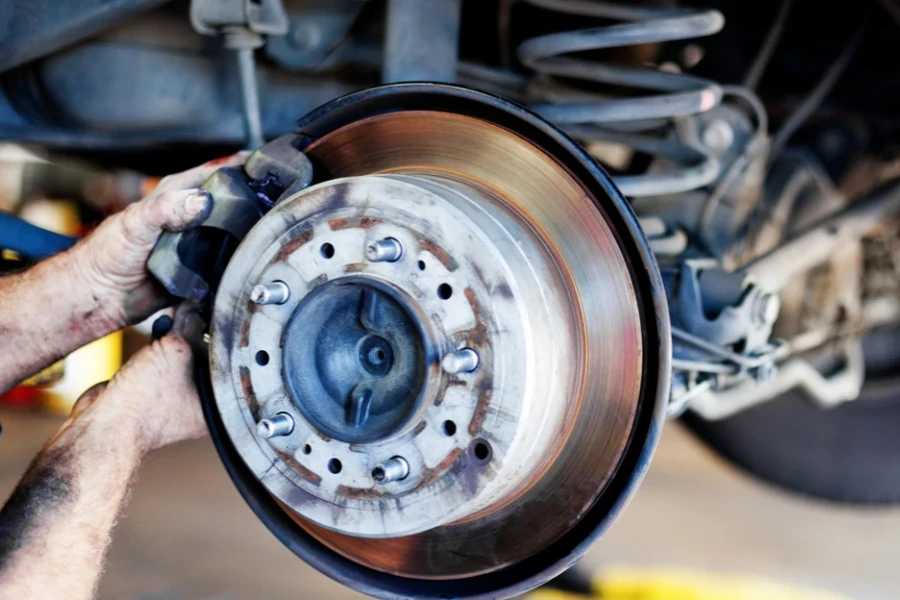
The National Motor Vehicle Causation Survey found that 22% of all accidents in the US occur due to brake system failure. By addressing common brake pad issues, educating customers, and offering complementary products, retailers and wholesalers can build trust while increasing sales.
Drivers of motorcycles, cars, and even trucks face more or less the same braking issues, and understanding these problems and their solutions will help businesses stay ahead of the competition. A few common issues include:
- Ceramic or metallic pads may produce noise if they’re not installed properly. Other reasons for noise may be worn-out brake pads, glazed rotors, or dirty brake components.
- Uneven wear can result from poor-quality materials, misaligned brake calipers, or aggressive driving
- Overheating or brake fade happens when brake thermal energy doesn’t dissipate properly. This can lead to a reduction in braking power.
Every road-ready vehicle comes equipped with precision-engineered machinery, and each model requires a brake system specifically designed for optimal performance and reliability. Educating prospective customers about potential problems and their solutions can enhance your business’s reputation. Here are some points to convey:
- Encourage regular brake checks to identify early signs of wear
- Explain the importance of keeping brake components clean and well-lubricated to prevent noise and uneven wear
- Teach customers how smooth braking and avoiding sudden stops can extend brake pad life
- Recommend the best brake pads based on driving habits and vehicle usage (e.g., ceramic brake pads for daily driving and semi-metallic brake pads for heavy loads)
Providing insightful information about brake pads in newsletters or via social media can help foster a positive and knowledgeable business image. It also demonstrates sincerity in terms of wanting to provide value to their buyers. You may also want to consider upselling related products:
- Worn or damaged brake rotors can reduce the effectiveness of new brake pads. Offering high-quality rotors as a package can improve braking performance.
- Many modern vehicles use sensors to detect brake pad wear. Recommending sensor replacements along with pads ensures proper functionality.
- Brake lubricants and cleaners can help reduce noise and improve the lifespan of disc brakes. Selling them as add-ons can provide extra value.
- DIY customers may also need tools like caliper grease, torque wrenches, or brake pad spreaders
Conclusion
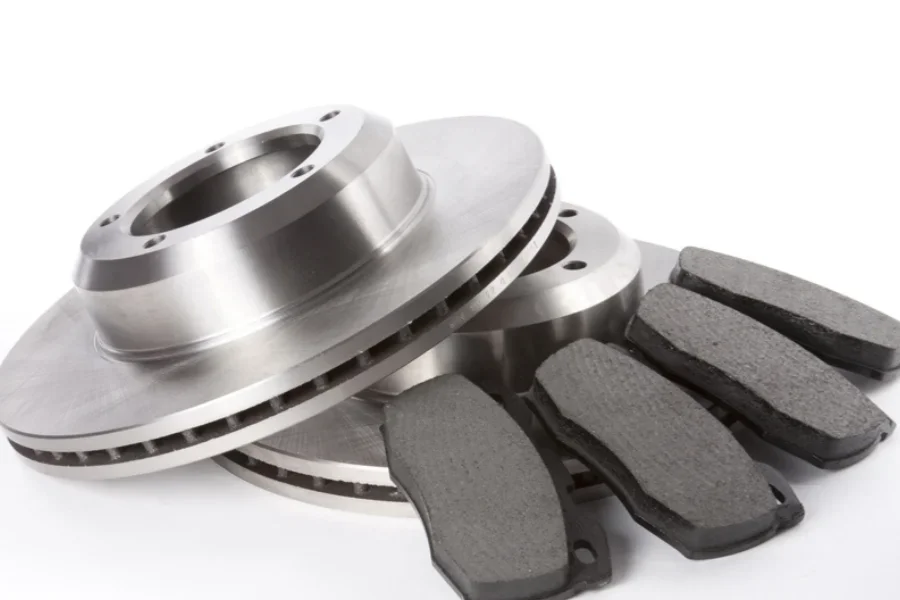
Remember, brake pad selection is about more than profits – it can be a matter of life and death. So, whether you’re investing in ceramic brake pads, organic brake pads, or the usual brake components, ensure that your business decisions always put safety first.
In time, this will help you build a loyal customer base, further boosting profits. Finally, stocking the right brake pads and providing the latest insights can attract positive recognition and win more prospects.

